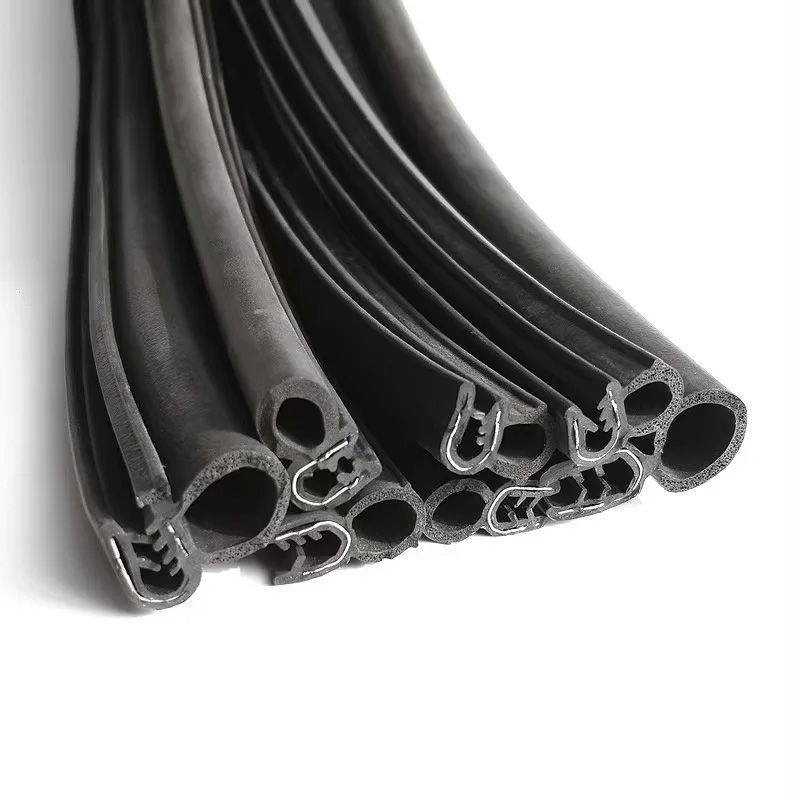jute twin rope manufacturer
Understanding Jute Twin Rope Manufacturing
Jute twin rope has gained significant popularity in recent years due to its eco-friendly properties and versatility. Manufactured primarily from the fibers of the jute plant, it serves various purposes ranging from agricultural applications to household use. The growing concern for sustainable materials has propelled jute twin rope into a favorable position in the market, making it a preferred choice for many consumers and industries alike.
What is Jute?
Jute is a long, soft, and shiny vegetable fiber that can be spun into coarse, strong threads. It is one of the most affordable natural fibers and is primarily grown in tropical and sub-tropical regions. Jute plants are well-regarded for their rapid growth rate and minimal agricultural inputs, making them an ideal candidate for sustainable farming. The ability of jute to sequester carbon and enrich soil also contributes to its growing appeal in an environmentally conscious world.
The Manufacturing Process
The manufacturing of jute twin rope encompasses several steps, each crucial for ensuring the quality and durability of the final product.
1. Harvesting The process begins with the harvesting of jute stalks. The jute plants are typically harvested when the flowers start to bloom, which is when the fibers are at their strongest.
2. Retting After harvesting, the jute stalks are subjected to a process known as retting. This involves soaking the stalks in water for a period of time to facilitate the separation of the fibers from the woody part of the stalk. This traditional method is essential for obtaining high-quality jute fibers.
3. Fiber Extraction Once retting is complete, the fibers are meticulously extracted. This can be done manually or mechanically, depending on the scale of production. Care is taken during this process to preserve the integrity and length of the fibers.
jute twin rope manufacturer

4. Spinning The extracted jute fibers are then spun into threads. This involves twisting the fibers together to create a strong and flexible rope. The spinning process is crucial, as it determines the thickness and strength of the jute twin rope.
5. Twisting The final step in creating jute twin rope involves twisting two strands of spun jute together. This creates the ‘twin’ aspect of the rope, enhancing its strength and durability. Manufacturers often test the rope's tensile strength to ensure it meets industry standards.
Applications of Jute Twin Rope
Jute twin rope is incredibly versatile and is used in various applications. In the agricultural sector, it is popularly utilized for tying plants and securing crops. Its biodegradable nature makes it an excellent choice for gardeners who want to minimize their environmental impact.
In addition to agriculture, jute twin rope is widely used in crafting and household applications. Crafters utilize it for making decorative items, while homeowners use it for wrapping, hanging, or organizing. Its rustic appeal adds a touch of natural charm to any project.
The Future of Jute Twin Rope
As the demand for sustainable and eco-friendly products continues to rise, the future of jute twin rope manufacturing looks promising. Manufacturers are exploring innovative practices to enhance production efficiency while maintaining quality. Additionally, awareness of the environmental benefits of using jute over synthetic materials is expected to drive further growth in the sector.
Conclusion
In conclusion, jute twin rope represents a blend of traditional craftsmanship and modern sustainability. With its numerous applications and environmentally friendly nature, it stands as not only a practical choice but also a responsible one. As consumers increasingly favor sustainable options, jute twin rope manufacturers are poised to meet the growing demand, contributing to a greener planet while supporting local economies and livelihoods.
Share
-
The Best Lubricants for Aluminum Roller GuidesNewsJul.23,2025
-
Slitting Machine Applications in the Packaging IndustryNewsJul.23,2025
-
Rolling Roller Balancing Techniques for Smooth OperationNewsJul.23,2025
-
How To Optimize An EV Battery Assembly LineNewsJul.23,2025
-
Energy Efficiency in Modern Battery Formation EquipmentNewsJul.23,2025
-
Automation Trends in Pouch Cell Assembly EquipmentNewsJul.23,2025







